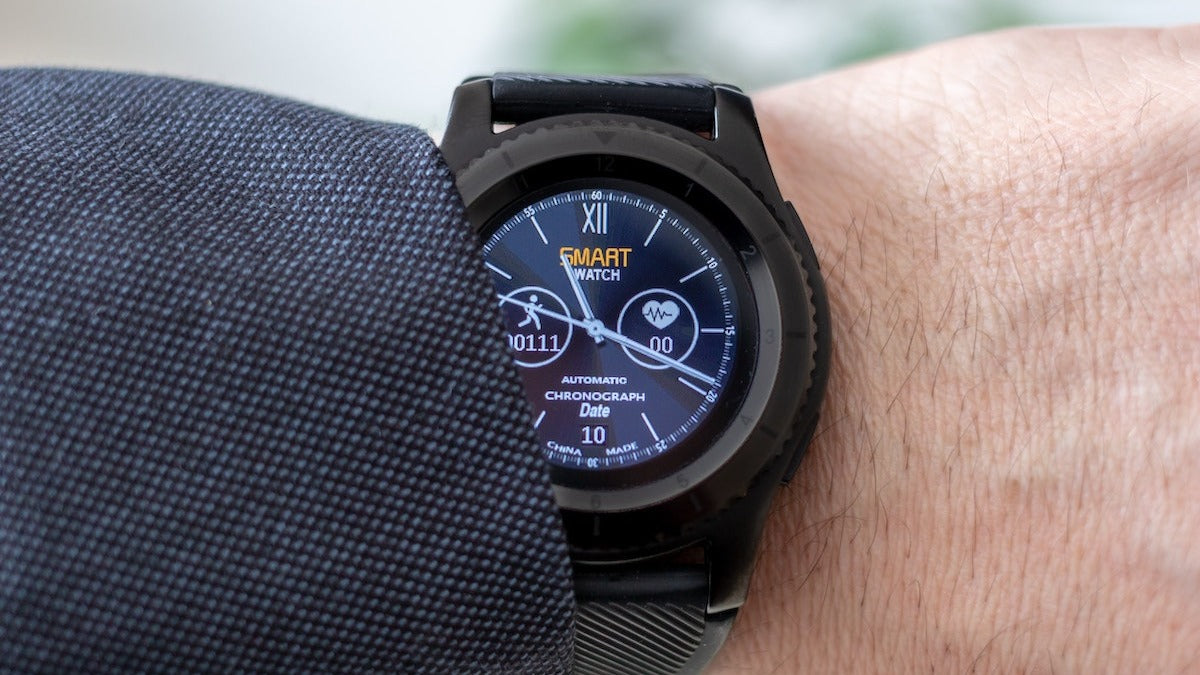As a runner, you know at least something about heart rate. And even if you don’t pay close attention, it’s clear that running increases your heart rate (albeit temporarily). But have you considered looking at the time between your heartbeats? This increasingly popular metric is called heart rate variability (HRV), and as it turns out, it might be the secret sauce for taking your running performance up a notch.
What is heart rate variability (HRV)?
First, the basics. HRV simply refers to the variance in time between your heartbeats [1]. And, measuring this variability can give us insight into the effectiveness and efficiency of our autonomic nervous system (ANS).
Our ANS regulates many important and automatic biological functions, such as heart rate, blood pressure, digestion, and respiratory rate [2]. It’s always on duty but when we’re awake and conscious, it’s also scanning and responding to stimuli in our surroundings by way of the hypothalamus, a specialized area of our brain.

When the hypothalamus interprets a stimulus as a potential threat, our ANS triggers what’s called the sympathetic response which ramps up our heart rate, blood pressure, and breathing rate, and diverts blood away from our digestive system. This is often called the “fight or flight response”.
Conversely, when your body is experiencing times of low stress, relaxation, or sleep, your parasympathetic response is triggered. Sometimes referred to as the “rest and digest system”, the parasympathetic response decreases heart rate, blood pressure, and breathing, and allocates more blood to digestion (feeling more relaxed already?).
Where does HRV come in? Essentially, the greater the variability in your heart rate, the more likely it is that your body has a healthy balance between the sympathetic and parasympathetic responses and has a good handle on managing the stressors in your life. That is, the greater the variance in the time between your heartbeats, the more adaptable your body is to changes in stimuli or exertion [2].
For runners, monitoring HRV can help identify readiness to pick up training load or indicate overtraining and the need to rest and recover.

Factors that influence HRV
HRV is influenced by a multitude of modifiable and non-modifiable factors including [3]:
Age
Gender
Genetics
Ethnicity
Acute illness/injury
Underlying disease
Training volume and intensity
Sleep
Hydration
Nutrition
Exercise
Emotional stress
Some medications
Bodyweight
Why heart rate variability (HRV) is important for runners
For runners, HRV can serve as a key indicator of training load and recovery. In fact, research suggests that HRV is one of the top ways to objectively measure readiness to train at any given time [4].
Once you establish your baseline, HRV can be used to tailor both pace and effort during a running workout. Elevated HRV between runs is an indicator of good recovery, low stress on the body, and general wellness, whereas lower-than-normal HRV typically reflects a heightened state of physical and/or emotional stress.
If your HRV is trending downward, it might be time to back off running, engage in lower intensity activities, and focus on recovery. Conversely, if your HRV is higher than usual, you may be able to dial up the volume and intensity of your workouts [2].
Tracking HRV might improve running performance too. Emerging evidence suggests that HRV-guided endurance training has a small but positive impact on VO2 max - an indicator of oxygen consumption and fitness [5].

What happens to heart rate variability (HRV) during a run?
Heart rate variability typically decreases during a run (and other forms of intense exercise) but this is not necessarily a cause for concern. Exercise is perceived by your body as stress and engages the sympathetic nervous system (aka fight or flight response), often lowering HRV. Exercise-related dips in HRV should be temporary and resolve with rest and recovery. If not, it might be time to follow up with your doctor to investigate other causes.
How to measure heart rate variability (HRV)
Apple, Fitbit, Whoop, Polar, and Garmin all offer wearable devices with HRV tracking technology. To get the most meaningful data, we recommend tracking your HRV for several weeks, ideally early in the morning, before exercise, and in your normal resting state. Tracking first thing upon waking is important because exercise, caffeine, and other factors can interfere with your numbers. Over time, you’ll get a sense of what normal looks like for you, and be able to tailor your training plan accordingly.
Runners can get themselves into trouble when they assume too much from a single HRV reading. For example, immune system responses can trigger low HRV and while this is useful information for backing off training, it’s not necessarily a reflection of poor recovery or training progression [4].
Another thing to keep in mind is that HRV is highly individual. Some apps provide “normal values” for age, however, your baseline HRV numbers may be higher or lower than other athletes (or non-athletes). This is where your numbers over time have the most meaning.

Summary
Tracking heart rate variability can help you tailor your running program, and get the most out of every session. As runners, we have a tendency to push, even when we’re not feeling great, and HRV can be useful for reinforcing the importance of rest, recovery, and nutrition. And that’s not a bad thing.
Disclaimer: The text, images, videos, and other media on this page are provided for informational purposes only and are not intended to treat, diagnose or replace personalized medical care.


Share:
Issue 4: The longevity edition
How Catra Corbett overcame addiction and became an accomplished ultra-runner, fueled by plants